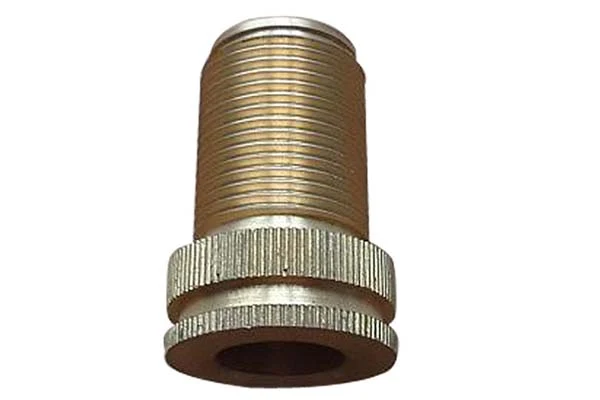Understanding CNC Machining Services
CNC machining services, short for Computer Numerical Control machining services, play a pivotal role in modern manufacturing. These services utilize CNC machines, which are automated tools controlled by pre-programmed computer software. The technology enables the creation of highly precise parts and components, making it an indispensable part of various industries.
Steps to Find Reliable CNC Machining Services Near You
Now that we have a solid understanding of CNC machining services, let's explore how to find reliable providers in your vicinity. The process involves several key steps to ensure you make the right choice for your manufacturing needs.
Research Local Providers
The first step in finding reliable CNC machining services near you is to research local providers. In the digital age, the internet is a powerful tool for this purpose. Online directories, business listings, and industry - specific websites can provide a wealth of information.
- ThomasNet: This is a well - known online platform that lists a vast number of manufacturing service providers, including CNC machining companies. It offers detailed company profiles, product and service offerings, customer reviews, and ratings. For example, if you search for CNC machining services in your area on ThomasNet, you can get a comprehensive list of local companies, their capabilities, and past projects they have worked on.
- Yellow Pages: Although it may seem old - fashioned, Yellow Pages still holds value. It provides contact information, business descriptions, and sometimes customer testimonials for local CNC machining providers. You can find both small - scale local shops and larger, more established companies through Yellow Pages.
- Industry - Specific Websites: There are websites dedicated to the manufacturing and machining industry.
You can also reach out to local manufacturing associations or industry groups. They usually have a network of trusted service providers and can offer valuable recommendations based on their members' experiences.
Assess Capabilities and Experience
Once you have a list of potential CNC machining service providers, the next step is to assess their capabilities and experience. This assessment is crucial as it directly impacts the quality and success of your project.
- Types of CNC Machines: Different projects require different types of CNC machines. For example, if your project involves creating complex 3D - shaped parts, you need a provider that has multi - axis mills. A 5 - axis mill, for instance, can move the workpiece and the cutting tool in five different directions, allowing for the creation of highly intricate geometries. On the other hand, if your project mainly involves producing cylindrical parts, a provider with high - quality lathes is essential. Some providers may also have specialized machines for specific applications, such as high - speed machining for aerospace components or precision grinding for medical devices.
- Experience: Industry experience is a significant factor. A company that has been in the CNC machining business for a long time and has worked on projects similar to yours is more likely to understand your specific requirements. For example, a provider with years of experience in the automotive industry will be familiar with the tight tolerances, material requirements, and surface finish standards typical in automotive part manufacturing. They will also have encountered and overcome various challenges that may arise during the machining process. You can ask for case studies or references from previous projects in your industry to gauge their experience.
- Capacity: Consider the provider's production capacity. If you need a large number of parts produced in a short time, the provider should have the equipment, workforce, and infrastructure to handle the volume. Some providers may be better suited for small - batch production, while others can scale up for large - scale manufacturing. For instance, a provider with multiple CNC machines running in multiple shifts can handle high - volume orders more effectively.







